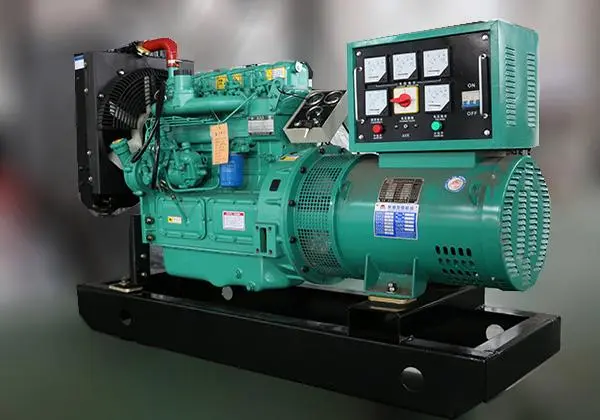Diesel Generators and Environmental Standards A Comprehensive Analysis

Introduction
Diesel generators have long been a reliable source of backup power for various applications, ranging from industrial and commercial to residential settings. However, the environmental impact of diesel generators has come under scrutiny due to their emissions of pollutants such as nitrogen oxides (NOx), particulate matter (PM), and carbon monoxide (CO). In recent years, there has been a growing emphasis on adopting stricter environmental standards to mitigate the negative effects of diesel generator use. This article aims to provide a comprehensive analysis of diesel generators in relation to environmental standards, examining the current regulatory landscape, technological advancements, and best practices for reducing emissions.
Regulatory Landscape
The regulation of diesel generator emissions is primarily governed by environmental agencies at the national and international levels. In the United States, the Environmental Protection Agency (EPA) sets emission standards for various pollutants emitted by diesel engines, including those used in generators. These standards, known as the Tier standards, have evolved over the years to become increasingly stringent in an effort to reduce the environmental impact of diesel generators.
At the international level, the World Health Organization (WHO) and the United Nations Environment Programme (UNEP) have also played a significant role in setting guidelines and recommendations for reducing diesel generator emissions. These organizations work with member countries to develop strategies for improving air quality and reducing the health risks associated with exposure to diesel exhaust.
Technological Advancements
In response to the growing concern over diesel generator emissions, manufacturers have been developing and implementing new technologies to reduce pollutants and improve the overall efficiency of diesel engines. One such technology is the use of exhaust aftertreatment systems, which are designed to remove harmful pollutants from the exhaust gases before they are released into the atmosphere.
Selective catalytic reduction (SCR) systems, diesel particulate filters (DPF), and diesel oxidation catalysts (DOC) are some of the common aftertreatment technologies used in modern diesel generators. These systems work by converting NOx into nitrogen and water vapor, trapping particulate matter, and oxidizing carbon monoxide and hydrocarbons into less harmful compounds.

In addition to aftertreatment systems, manufacturers are also focusing on improving engine design and combustion efficiency to reduce emissions. Advanced fuel injection systems, electronic controls, and optimized combustion processes are some of the innovations that have helped to make diesel engines cleaner and more environmentally friendly.
Best Practices for Reducing Emissions
While technological advancements have played a crucial role in reducing emissions from diesel generators, there are also several best practices that users can adopt to further minimize the environmental impact of these power sources. Some of these practices include:
1. Regular Maintenance: Proper maintenance of diesel generators is essential to ensure optimal performance and minimize emissions. Regularly servicing the engine, replacing filters, and tuning the fuel system can help to reduce pollutants and improve efficiency.
2. Use of Low-Sulfur Fuel: Switching to low-sulfur diesel fuel can significantly reduce emissions of sulfur oxides (SOx), which contribute to air pollution and acid rain. Many countries have mandated the use of ultra-low sulfur diesel (ULSD) for diesel engines, including generators.
3. Shipping and delivery options for 400kW generators : Operating diesel generators at their optimal load capacity can improve fuel efficiency and reduce emissions. Avoiding underloading or overloading the generator can help to minimize the production of pollutants.
4. Emission Testing: Regular emission testing can provide valuable insights into the performance of a diesel generator and identify areas for improvement. By monitoring emissions levels and compliance with regulatory standards, users can take proactive measures to reduce environmental impact.
Conclusion
Diesel generators play a vital role in providing backup power for a wide range of applications, but their environmental impact cannot be overlooked. Stricter environmental standards, coupled with technological advancements and best practices, are essential for mitigating the negative effects of diesel generator emissions. By adhering to regulatory requirements, adopting cleaner technologies, and implementing sustainable practices, users can minimize the environmental footprint of diesel generators and contribute to a healthier and more sustainable future.
